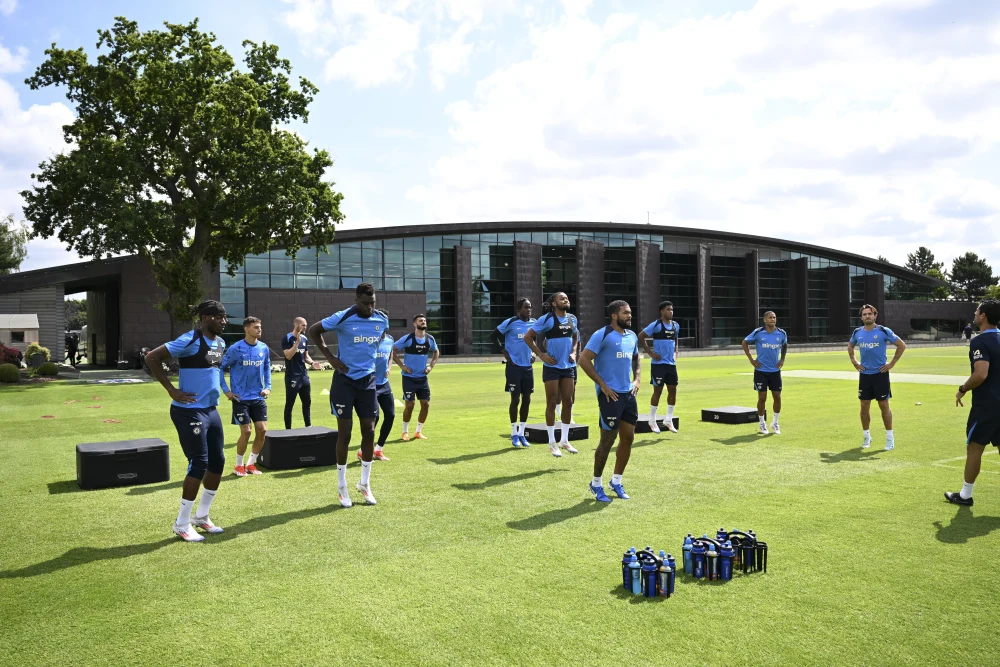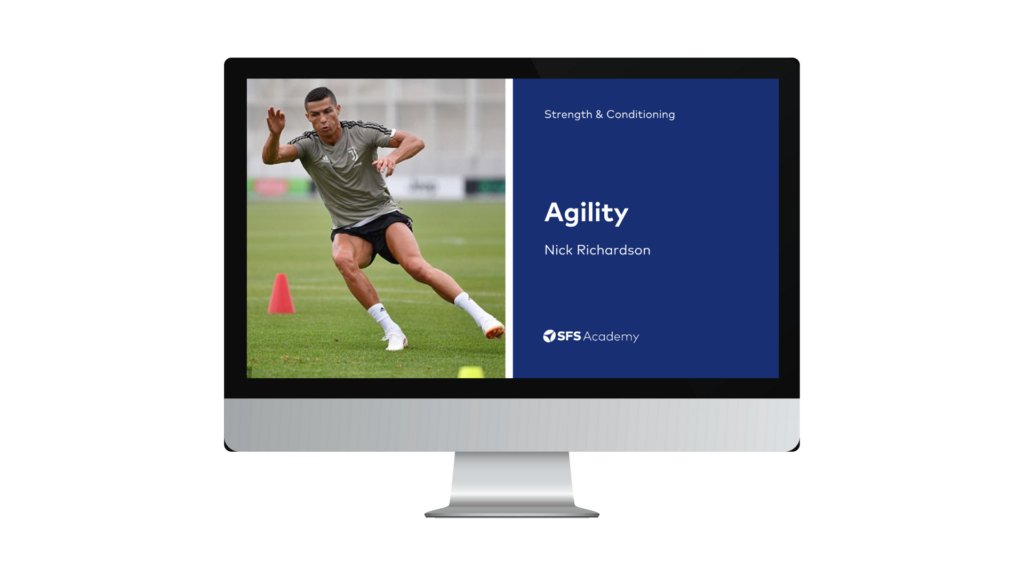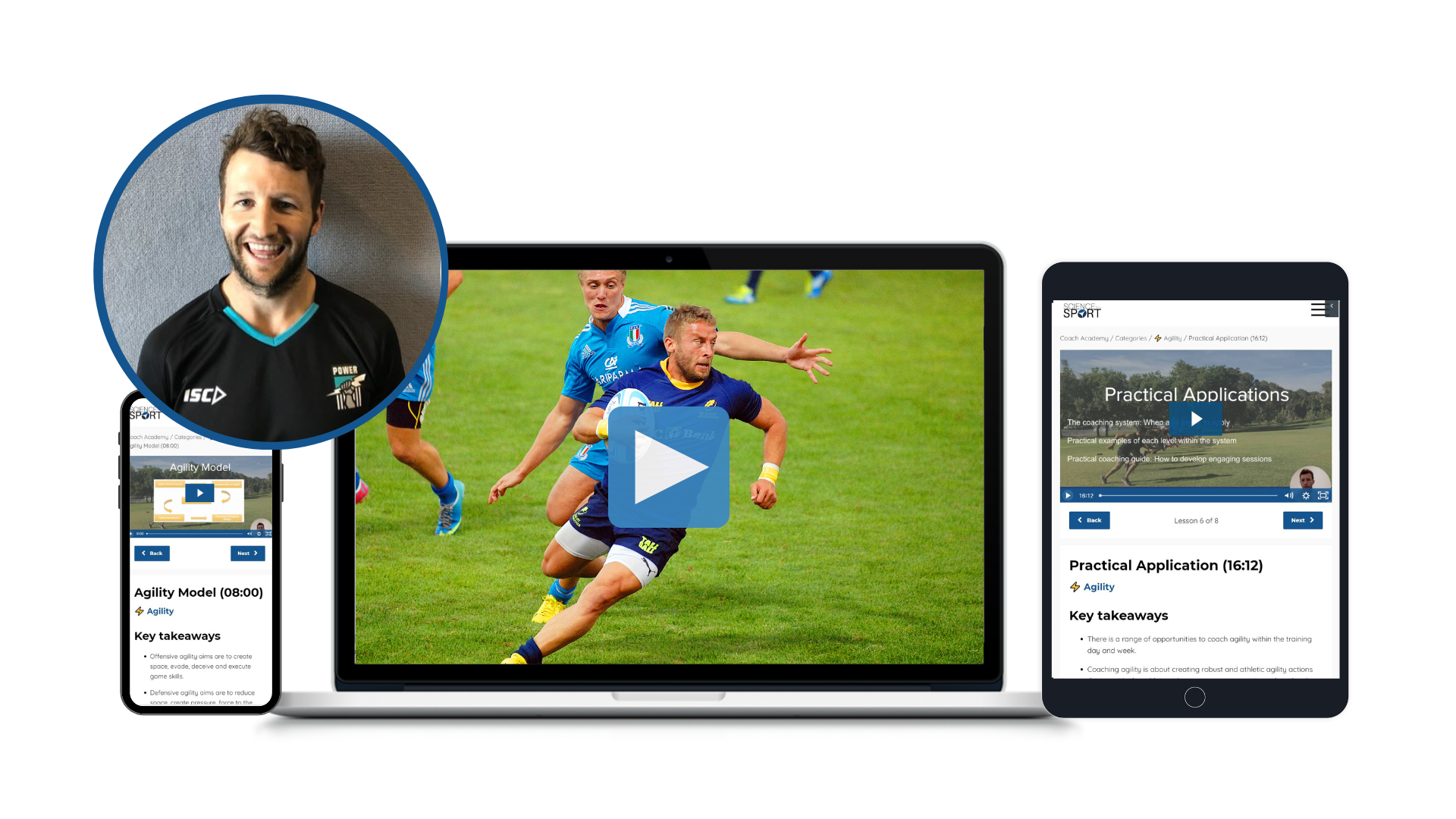This week in the world of sports science, here’s what happened…
- A snippet of Chelsea F.C.’s preseason testing
- Optimum plyometric training volume for youth basketball players?
- The constraints-led approach: what is it?
A snippet of Chelsea F.C.’s preseason testing
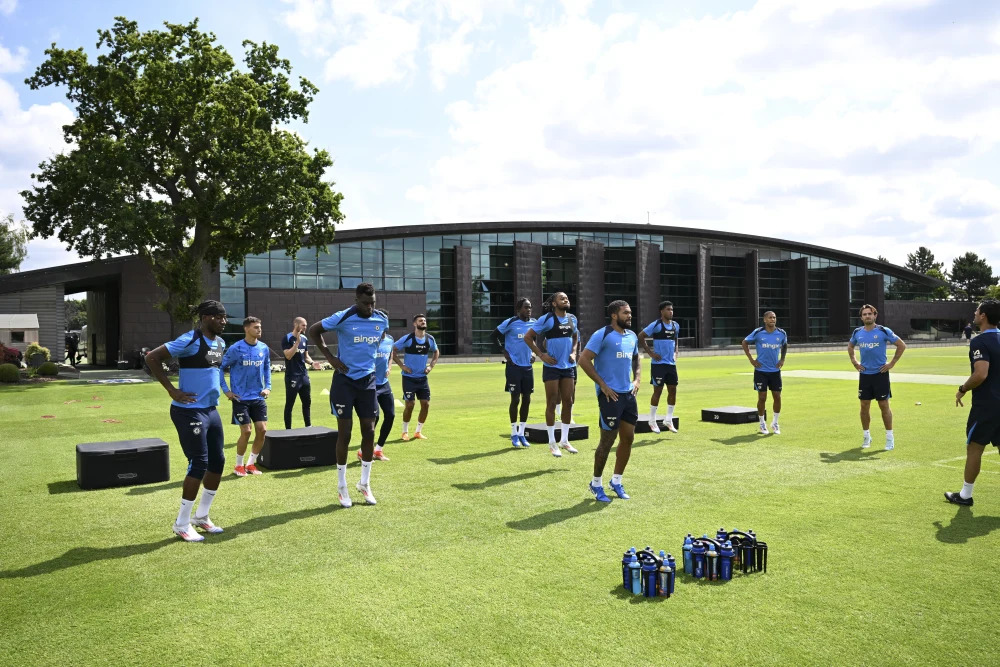
Last week, Sam Wood shared a video on LinkedIn featuring pre-season testing conducted by Chelsea F.C. The post received significant attention, accumulating over 500 engagements within a day. The video is accessible through Wood’s LinkedIn post.
The video highlights various tests undergone by Chelsea F.C. players, including countermovement jumps, single-leg countermovement jumps, and a pogo hop test, all on force plates. Additionally, a demonstration of the single-leg isometric hip push is featured.
Wood emphasises in his post that the instantaneous feedback from coaches to the athletes, along with the visible leaderboards in the video, contributes to a more conducive environment and enhances athlete engagement.
The insights provided in this video offer captivating behind-the-scenes glimpses into the methodologies employed by a top sports team. For instance, the instructions used for the countermovement jump are “jump high and jump fast,”. The equipment showcased in the video is provided by VALD. We recently published a new blog: ForceDecks Dual Force Plate System by VALD
Also if you are interested in force plates, check out our excellent course: Force Plates
Optimum plyometric training volume for youth basketball players?
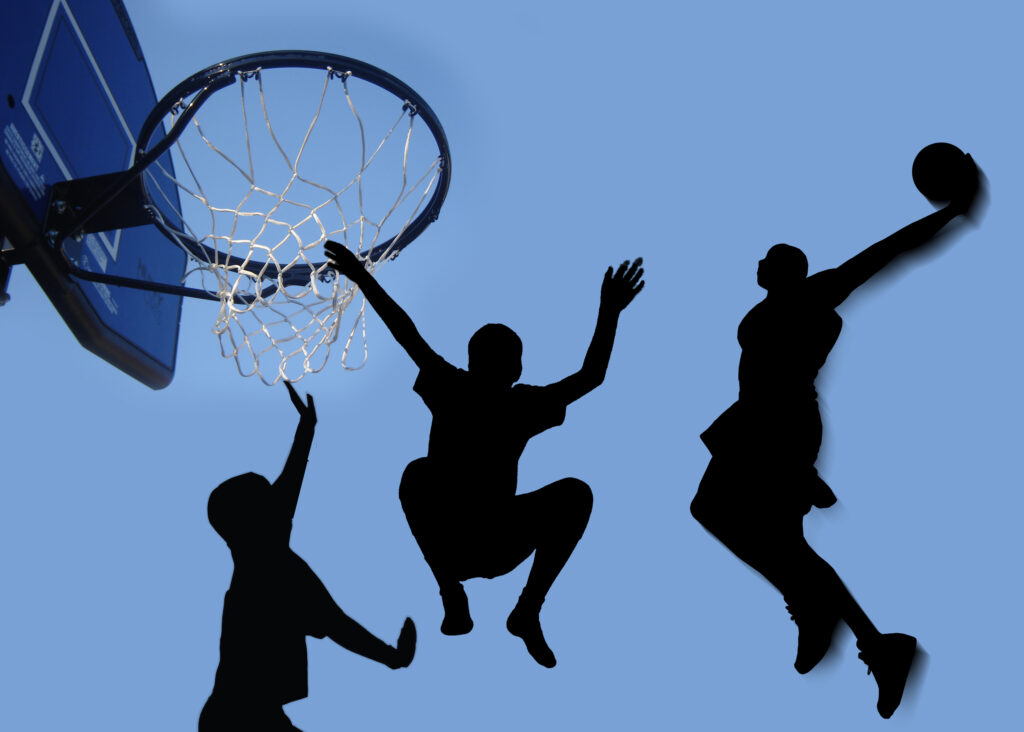
A study was conducted to assess the optimal plyometric training volume for young basketball players. The study involved thirty-one male youth players from an elite basketball club who were divided into three groups: a high-volume training group, a low-volume training group, and a control group that did not undergo any plyometric training.
Both plyometric training groups engaged in a six-week program, conducting sessions twice a week. The high-volume group averaged 99 jumps per session, while the low-volume group averaged 49 jumps per session.
At the end of the six weeks, both the high and low-volume plyometric training groups showed significant improvements in squat jump and countermovement jump performance. The low-volume group also exhibited a marked improvement in horizontal jump performance. Conversely, no significant improvements were observed in the control group, underscoring the efficacy of the interventions.
While both high and low-volume plyometric training yielded similar improvements, it became evident that low-volume plyometric training was more efficient. The study findings also indicated a nonlinear relationship between training volume and performance improvements, highlighting that “more” is not necessarily better in this context.
If you want to learn more about plyometric training for team sports, why not check out our podcast episode: Perfect Plyometrics In Team Sports
The constraints-led approach: what is it?
The Australian Sports Commission recently released two informative videos detailing the constraints-led approach to coaching. The first video succinctly explains this approach and its benefits, highlighting the coach’s role in manipulating aspects of the training environment to facilitate participants’ exploration and problem-solving.
The video elaborates on performer, environmental, and task constraints. It emphasises that by manipulating these constraints, coaches can enhance participants’ ability to perceive information and improve their movement and behaviours, fostering better problem-solving and decision-making skills, and leading to reduced reliance on coaches for solutions. Additionally, the video offers practical guidance for coaches to design effective training environments using the constraints-led approach.
The second video provides a more in-depth exploration of performer, environmental, and task constraints and discusses how coaches can encourage movement solutions to address movement problems in sports. The analogy of a coach as a gardener is used to illustrate the role of creating an environment conducive to growth and flourishing. Furthermore, the video presents a brief example of implementing constraints with athletes and offers advice for coaches new to the constraints-led approach.
Despite the acknowledged effectiveness of the constraints-led approach, the approach’s theoretical nature can often overwhelm coaches. However, these succinct videos offer a comprehensible and informative introduction to the constraints-led approach, presenting a valuable resource for coaches seeking a practical understanding of this coaching method. It is well worth checking out (video 1 and video 2)!
If you are interested in the topic, why not check out our excellent course: Skill Acquisition
From us this week:
>> New course: Investigating S&C Practices
>> New podcast: Implement S&C In Schools For Maximal Athletic Development
>> New infographic: Strength Training In Youth Sports
>> New article: German Volume Training
Access to a growing library of sports science courses
SFS Academy is an all-access membership to premium sports science education.
With SFS Academy, you’ll learn from some of the best coaches around the world as they teach you how to apply the latest research and practice with your athletes.
